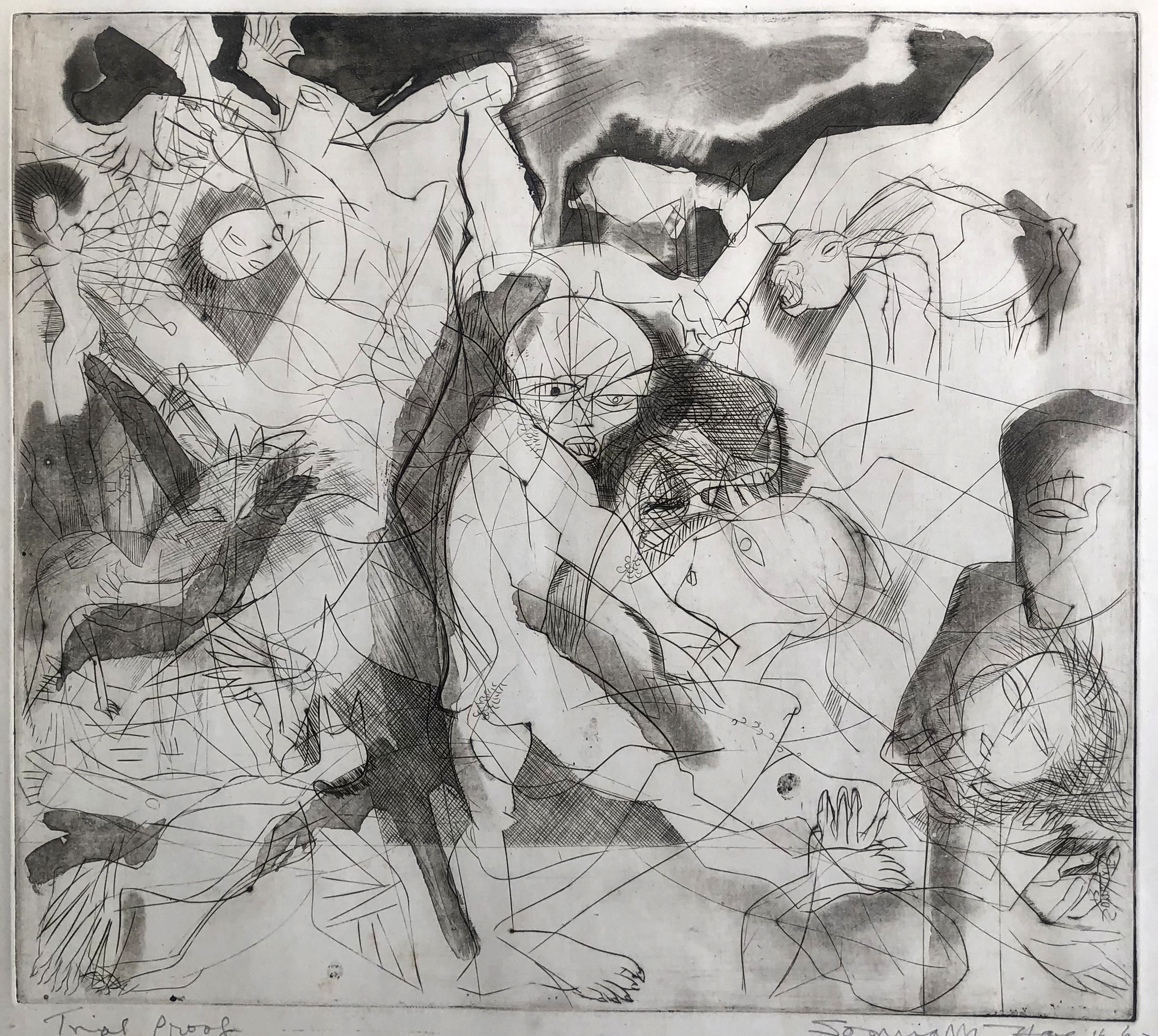Re-positioning The Notion Of The ‘regional Modern’
H.a. Anil Kumar
(Reflections on the claim for ‘Regional Modern’ in contemporary times. This was initially presented in the Panel Discussion held as part of the ‘Madras Art Movement’ show at NGMA, Bengaluru, 2017, alongside Prof. Parul Dave, Dr. Ashrafi Bhagath and Kavitha Balakrishnan)
"In a recent official circular by the Government of Karnataka, it was ordered to display the ‘image’ of the medieval saint Basavanna in all government offices of the State. The artist who painted it, V.T. Kale, went public about his authorship not being acknowledged in those circulated imageries."

If one browses through for the famous painting ‘Lady with the Lamp’, painted by Haldankar, in the web world, he/she will find out that it is alleged ‘as’ Ravi Varma’s work. Most people also identify this work with the alleged artist, even in reality. Recently, the photo-series by artist N. Pushpamala as Laxmi and Saraswathi have also been alleged to be authored by Ravi Varma. It’s an allegation which has gained more power than the factual. In a recent official circular by the Government of Karnataka, it was ordered to display the ‘image’ of the medieval saint Basavanna in all government offices of the State.
The artist who painted it, V.T. Kale, went public about his authorship not being acknowledged in those circulated imageries.*1*
One of the highest authorities in government office opined that it might be meaningless to publicize the artist’s name everywhere.*2*The painting itself is not a very impressive representation of the great litterateur-saint, if one considers the history of representation of this saint since last century, mainly in the Kannada speaking world. Also, the order is to place Basavanna next to Gandhi and Ambedkar in all government offices, a political choice, which in certain ways (arguably) demeans Basavanna since it is a display restricted to the State and not to the nation. The painting represents Basavanna more as a mundane, homely as well as a scholarly person squatting on the ground, instead of the popularly known image of Bhaktibhandari Basavanna as the ornate philosopher-minister belonging to the court of king Bijjala. Also, the public posters evident everywhere in the heart of Bangalore announce the honouring of the Chief Minister of the State (on 14th June 2017) and not the artist, which further is an attempt to take the art work completely out of its aesthetic premise and use it as a pawn in the casteist-game of State politics. Absenting the authorship of art has become a tradition in the history of Indian political power.
The idea behind all three above mentioned examples is the desire of the art community to ‘belong’ to a particular sect of images. The images are made to belong to popular premises, even at the cost of where they actually belong! Haldankar and Pushpamala’s creations are alleged as that of Ravi Varma, Basavanna’s image is made author-less by governance; and the authorities even decide that the creation and not the creator is of utmost relevance.
Read More>> Please Subscribe our Physical Magazine
